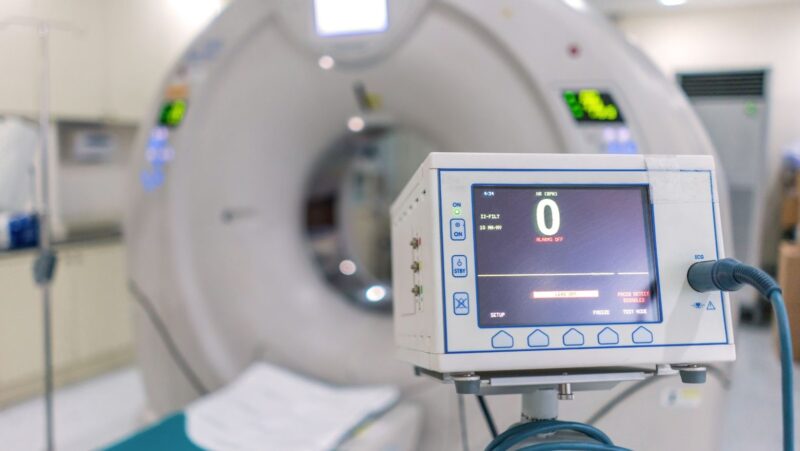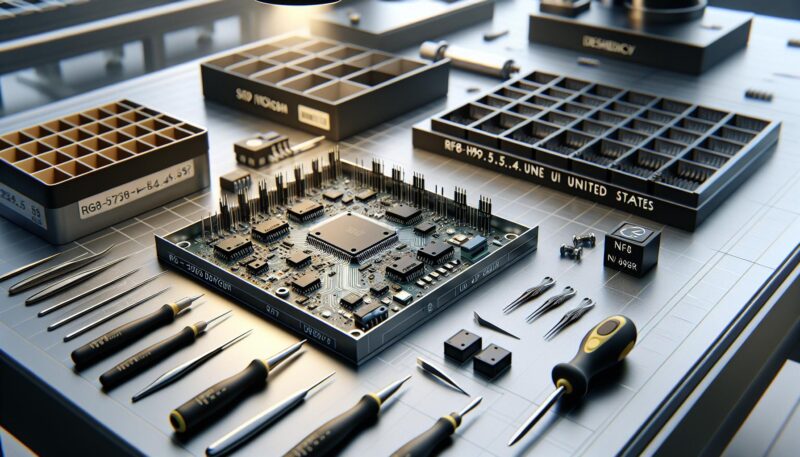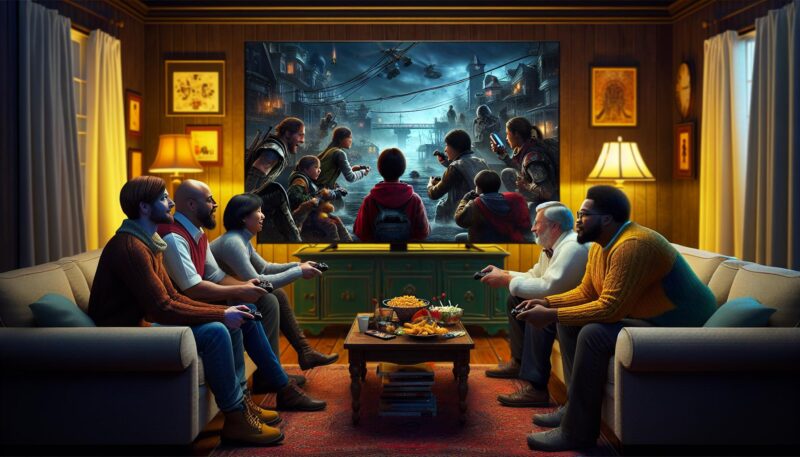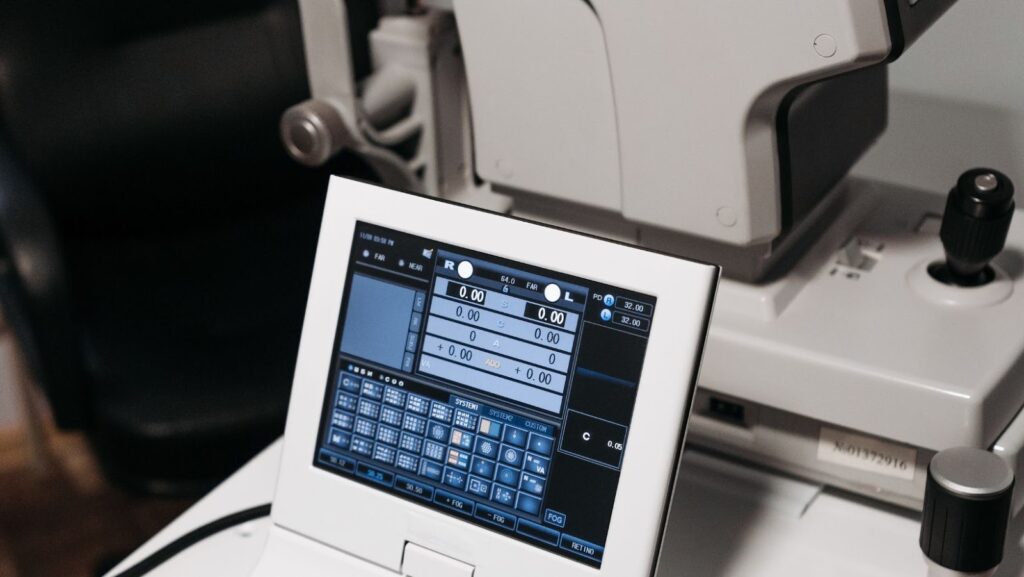
In 2021, Nanox announced its acquisition of Zebra Medical Vision for up to $200M. This acquisition has the potential to have a significant impact on the medical imaging industry.
The combination of Nanox’s technology and Zebra’s AI capabilities could create a powerful platform for medical imaging. Let’s take a closer look at the potential impact of the acquisition on the medical imaging industry.
Nanox To Acquire Zebra Medical Vision For Up To $200M
Nanox is an Israel-based digital health company, focusing on radiographic imaging. The company aims to make medical imaging services cheaper and accessible by combining AI and cloud technologies with “nanox.cloud,” a global medical imaging platform. Nanox recently announced an acquisition of Zebra Medical Vision, an Israeli medical imaging AI company, for a reported sum of up to $200 million. This acquisition is expected to have a notable impact on the global medical imaging industry, bringing together two cutting-edge technologies – AI and radiography – that could revolutionise scanning accuracy and reduce diagnostic costs.
The upcoming integration between Nanox and Zebra Medical Vision is expected to create new opportunities for innovation in radiology, with both companies looking forward to leveraging their advanced technology platforms for further advancements in machine learning algorithms. With Nanox’s global healthcare cloud platform set to support Zebra Medical Vision’s suite of AI products, it could open up massive potentials for rapid medical scans across any size institution at considerably lower costs than traditional radiology equipment. Furthermore, it might also lead to easier access to specialised diagnostic views unavailable through conventional systems while ensuring better accuracy in results through its advanced algorithms.
Overview of Zebra Medical Vision
Zebra Medical Vision (ZMV) is an Israeli startup focused on artificial intelligence and medical imaging. Founded in 2014, ZMV has been at the forefront of helping clinicians revolutionise how they read images. In 2016, the company developed their AI platform, ” ImageNet ” enabling clinicians to automatically triage medical imaging cases, detect disease patterns, and prioritise results. The company also has a variety of software solutions available to its healthcare customers such as automated lesion detection, organ segmentation and even automatic quantification.
In 2019, Nanox announced their intention to acquire Zebra Medical Vision for up to $200 million. This acquisition will likely majorly impact how medical imaging technology is performed, managed and interpreted in hospitals worldwide. With two key players now integrated into one entity, this could open up new possibilities for streamlining clinical workflow in medical imaging departments by providing better workflows and lower costs due to improved efficiency. Additionally, this could further accelerate product innovation since both companies constantly strive to launch new products that can bring better quality care at lower cost across many regions worldwide.
Terms of the Acquisition
The terms of the acquisition have Nanox investing up to $200 million in Zebra Medical Vision. Zebra-Med will continue operating as a standalone entity, with an autonomy to continue its activities while benefiting from Nanox’s resources and reach. This is part of a strategic strategy by Nanox to expand its medical imaging solutions: to “improve patient care efficiency and reduce healthcare costs through entirely digital medical imaging using AI-driven medical imaging informatics.
The deal includes an upfront payment of $85 million in cash and shares in Nanox plus payments up to an additional $115 million based on achievement of specific milestones related to customer adoption, regulatory approval and overall profits over the next four years from 2021 through 2024. The agreement will also ensure that it will be open for Zebra Medical Vision’s shareholders for a lockup period up to 24 months after closing.
Under this agreement, 145 employees at Zebra Medical Vision will be integrated into Nanox, bringing the company’s full-time employee count to almost 200 people worldwide concentrated within Customer Service, Engineering, Research & Development and Sales & Marketing team in USA, Europe and Latin America.
Impact on the Medical Imaging Industry
The acquisition of medical imaging startup Zebra Medical Vision by Nanox could have far-reaching implications for the medical imaging industry. With this buy-out, Nanox will be able to combine Zebra Medical Vision’s suite of AI algorithms for image analysis and its digital X-ray imaging technology to develop a comprehensive digital diagnostic platform.
This article will explore how this move could impact the medical imaging industry.
Increased Competition
The Nanox-Zebra Medical Vision transaction could significantly impact the medical imaging industry, including increased competition and a shift in industry dynamics.
Nanox’s acquisition of Zebra Medical Vision will bring together two of the biggest players in the medical imaging space. According to research firm Markets and Markets, Zebra Medical’s current market share is estimated at 28.2%, while Nanox holds a 5.9% share in the medical imaging industry.
This would give the newly formed entity a combined market share of 34.1%, creating a major player in the sector with increased pressure for other players to stay competitive.
The acquisition could also lead to further technological development and innovations in healthcare imaging since both companies specialise in artificial intelligence and deep learning applications for medical imaging technology. In addition, the bigger player might also prove more efficient at bringing its products to market, setting an example for other companies attempting to reach consumers quickly with new product offerings and services to stay competitive within the rapidly changing space.
In addition, this transaction may set the stage for future acquisitions or partnerships between other major players like GE Healthcare, Siemens Healthineers, and more as they strive to remain ahead of their competitors with cutting-edge technologies targeting clinicians and consumers alike.
New Technologies and Innovations
The recent acquisition of Zebra Medical Vision by Nanox Ltd marks a significant development in the medical imaging industry. This deal can potentially revolutionise medical imaging as we know it, as it brings together two cutting-edge companies specialising in artificial intelligence (AI) technology and medical imaging.
With the merger, Nanox and Zebra are expected to leverage their combined resources to develop new technologies and innovations that could significantly improve patient outcomes and reduce healthcare costs.
Nanox is already bringing a revolutionary concept to market—a digital device called a Unit X, which is set to revolutionise access to high-quality medical scans at an affordable cost. The unit will be easy to use and provide more accurate results than traditional labs or radiology machines. Additionally, thanks to AI algorithms, Unit X can learn from past images and assist with earlier diagnoses of existing conditions or illnesses.
AI algorithms used by Nanox and Zebra Medical Vision are expected to further increase the precision level within the imaging industry. For instance, they can detect cancerous cells in X-rays at record speeds and accuracy levels—something previously impossible with current technologies. Ultimately, these advances have huge implications for public health since enhanced imaging capabilities enable doctors and healthcare providers to diagnose conditions more accurately and quickly so that faster treatment decisions can be made for better patient outcomes.
Increased Access to Medical Imaging Services
The acquisition of Zebra Medical Vision by Nanox could have far-reaching consequences for the medical imaging industry. This could include increased access to medical imaging services due to the affordability and accessibility of nanotechnology. Nanox is known for its low-cost range of medical imaging equipment. At the same time, Zebra Medical Vision has developed an AI algorithm capable of accurately analysing medical imaging, making it easier for healthcare providers to detect and diagnose diseases. By combining forces, they could provide critical services to more people at a lower cost.
Furthermore, the acquisition will spur competition in the medical imaging industry by lowering costs and abolishing existing monopolies. Currently, some medical diagnostic procedures are hindered by restrictive access due to cost limitations. With Nanox’s low-cost options now available alongside Zebra’s advanced AI technology, consumers may benefit from improved access rates and accuracy in diagnosis testing.
Finally, this acquisition could bring innovations into the industry that result from combining their respective technologies into one powerful platform. Technological advancement has had a major impact on healthcare over the past few decades. This could be yet another milestone that revolutionised how people receive different types of treatment or diagnosis through images or scans.
Implications for Medical Professionals
The recent announcement of Nanox’s acquisition of Zebra Medical Vision for up to $200M has potential implications for medical professionals and the medical imaging industry.
This move could give healthcare providers access to more advanced imaging technology and better care.
We explore what this could mean for medical practices below.
Improved Patient Care
The acquisition of Zebra Medical Vision by Nanox is expected to have several implications for the medical imaging industry and patients’ care. Combining the two companies’ expertise in artificial intelligence (AI) and digital radiography (DR) technologies will enable medical professionals to access faster, more accurate insights into patient health. This can enable earlier detection of illnesses like cancer or heart disease, facilitate early diagnosis and effective intervention.
Additionally, with access to advanced medical imaging processing tools, healthcare providers can gain better insights into patient care decisions. Improved workflow allows medical imaging specialists to provide higher quality clinical services at a reduced cost and improved clinical outcomes. This can help reduce patient wait times and ultimately lead to longer periods of health and wellbeing.
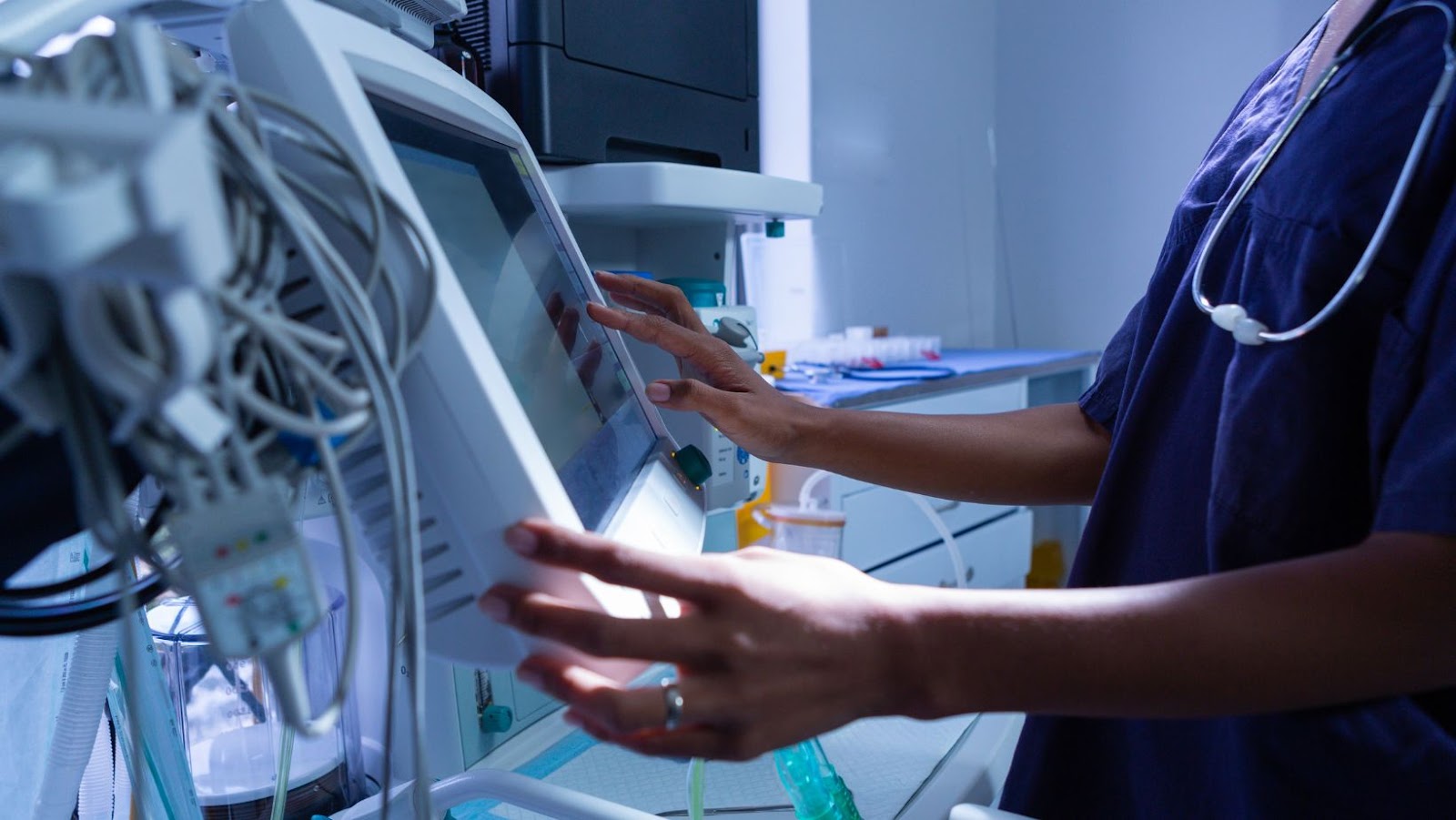
Moreover, improved access to AI-driven medical imaging technology empowers healthcare providers with more reliable decision-making capabilities when interpreting images. Advances in nanotechnology promise greater accuracy in abdominal/vascular SMR performance for improved diagnoses and increased safety for patients undergoing routine screening procedures. In addition, the acquisition can increase patient comfort and efficiency from front-end diagnostics through post-care activities such as follow-up visits or small inpatient treatments like pacemaker implantation procedures without unnecessary delays due to manual readout errors or limited experienced readership resources. Improved capacity for image analysis also enables remote online consultation maximising convenience for both specialist personnel and rural population areas alike, regardless of geographic location while preserving privacy protocols securely in state-of-the-art distributed databases networks, an area usually absent from smaller budgets of countryside healthcare units.
Increased Efficiency
The acquisition of Zebra Medical Vision by Nanox is expected to significantly impact the medical imaging industry, particularly in increased efficiency. Combining these two companies promises to enable better patient diagnosis and outcomes. One specific benefit is the potential to create an automated system that quickly and accurately identifies anomalies within scans and points clinicians towards the most relevant findings. This will allow medical professionals to make better-informed decisions faster and with less effort, providing improved patient care.
Additionally, this acquisition could reduce manual screening time by up to 90%. By having AI technology augment the available resources, doctors must spend much less time manually analyzing each scan or radiograph to ensure they receive accurate results. The automation provided by Nanox and Zebra Medical Vision could even open up opportunities for more remote diagnosis, possibly reducing costly travel expenses for doctors who require access to specialised scan facilities.
The union between Nanox and Zebra Medical Vision has created a strong platform for efficient medical imaging processing. With an improved workflow that operates quickly and efficiently, medical professionals can have more confidence in their diagnosis accuracy while spending less time on tedious research of scans or radiographs.
Improved Diagnostics
The medical imaging industry stands to benefit greatly from the recent announcement that Nanox will be acquiring Zebra Medical Vision, a provider of AI-driven medical imaging analytics solutions. This acquisition could have long-term implications for medical professionals and the healthcare ecosystem.
One of the key advantages of this acquisition is that it bolsters Nanox’s position as a leader in providing next-generation diagnostic tools. Combining Zebra’s AI algorithms and Nanox’s scanning technology could improve diagnostics and decision support capability, allowing medical professionals to make more informed decisions sooner and with greater accuracy. In addition, the ability to detect even small abnormalities earlier will lead to better clinical outcomes for patients, reducing overall costs associated with chronic illness in the long run.
Moreover, this merger may also open up new possibilities for improved patient care pathways through digitising radiology services. With the ability to streamline imaging processes, clinicians can offer more timely care and streamline administrative activities relating to data collection and reporting. These enhanced capabilities may also create opportunities for healthcare providers to optimise reimbursement models to drive greater cost efficiency without compromising quality of care along the way.
Impact on Consumers
Nanox’s acquisition of Zebra Medical Vision is a major step forward for the medical imaging industry. This move could potentially significantly impact consumers, as it brings together two well-established players in the industry, paving the way for new and advanced medical imaging technologies.
This article will examine the potential implications of this acquisition on consumers.
Lower Costs
The potential impact of Nanox’s acquisition of Zebra Medical Vision on the medical imaging industry is expected to be a reduction in costs for healthcare providers. In addition, combining the two companies’ artificial intelligence-driven technologies and Nanox’s digital X-ray system will enable them to offer more cost-effective radiology imaging solutions.
Nanox’s X-ray technology is expected to reduce costs by up to 40%. At the same time, Zebra Medical Vision’s tech provides AI analytics and decision support capabilities that can lower the cost and time required for physicians to make clinical diagnoses. The combined effort could eliminate manual processes and replace radiologists’ reading cost centres with automatic cloud services at a fraction of the price.
Furthermore, by bringing together two companies with complementary capabilities, this strategic move will create innovative new services that offer healthcare providers greater value than would otherwise be possible if both were working alone. This could mean access to more advanced diagnostics at a lower cost for patients and healthcare providers.
Increased Availability of Medical Imaging Services
The proposed acquisition of Zebra Medical Vision by Nanox is expected to significantly impact the medical imaging industry. By combining two companies’ advanced technology, the combination of Zebra Medical Vision’s real-time insights and Nanox’s artificial intelligence will create an end-to-end platform with scalability and cost efficiency. This could increase the availability of medical imaging services and potentially decrease wait times for patients needing such diagnostics.
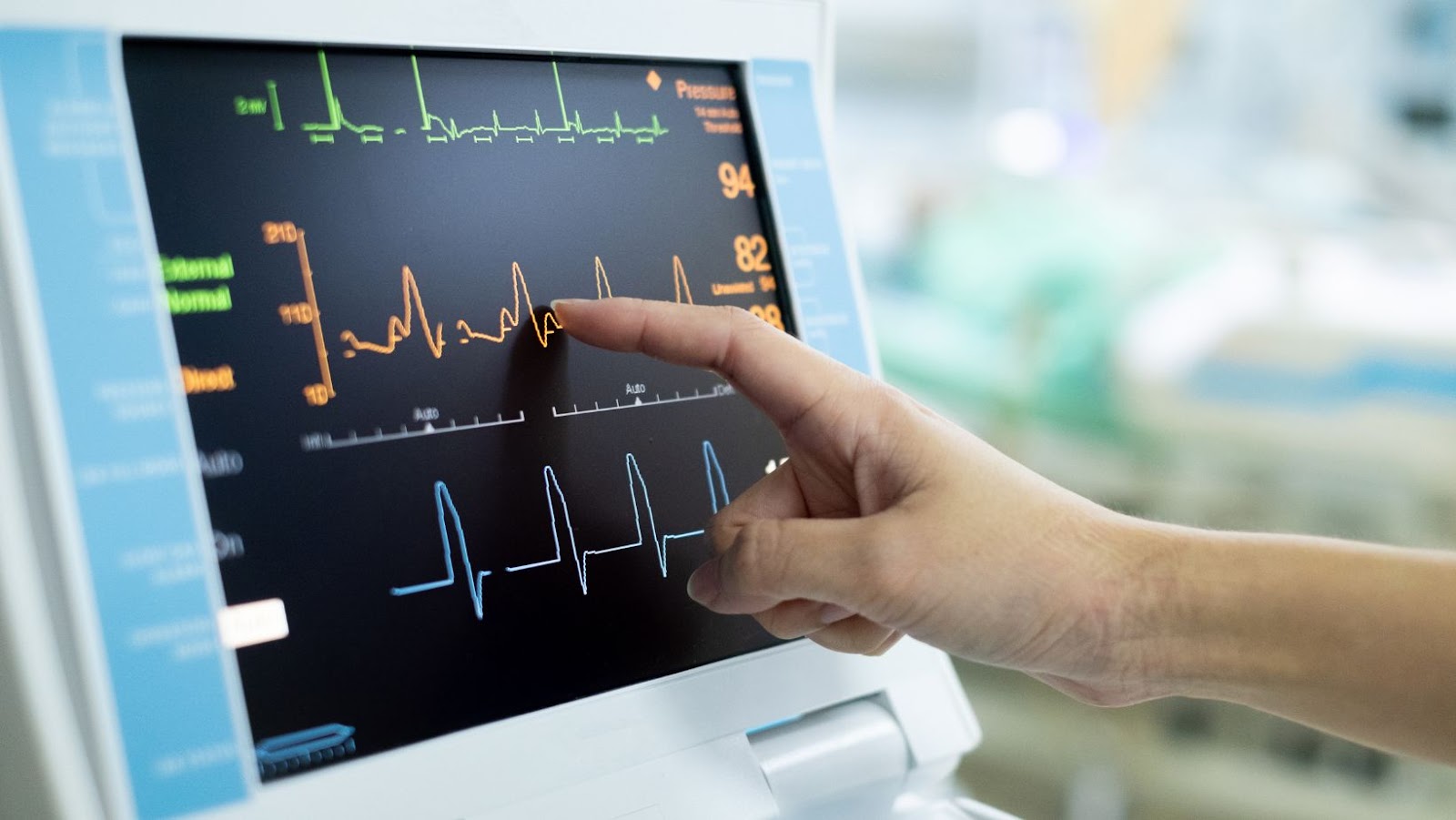
The advantages for medical providers are also worth noting; having access to various advanced medical imaging devices from both companies should allow clinicians to provide more precise, accurate diagnoses in less time. In addition, with the merging of two powerful companies’ combined resources, medical staff may be able to operate more efficiently, leading to cost savings and improved patient outcomes.
Finally, this acquisition could likely lead to increased competition in the industry due to increased market access. With additional resources from both firms, other health care providers could access new innovative technologies, allowing them to compete with larger players in the field while potentially reducing costs associated with acquiring diagnostic equipment. This infusion of new ideas and stimulating competition could ultimately benefit patients and providers alike as they would have options when selecting their required services; thus improving overall quality and outcomes within the industry.
Improved Quality of Care
The acquisition of Zebra Medical Vision by Nanox could positively impact the medical imaging industry by improving the quality of care for consumers. This is because Zebra Medical Vision’s technology already provides deep learning tools to detect anomalies in imagery quickly and accurately. Nanox’s existing imaging platform can be integrated with these capabilities, enabling physicians to more rapidly understand what they need to look at to diagnose or provide treatment.
Nanox is known for its nanotech diagnostic solutions, which are more affordable than conventional medical imaging systems and offer equivalent image quality. Thus, when combined with Zebra’s AI-Based image recognition software, this can bring down costs for consumers and improve the accessibility of imaging solutions. In addition, this can benefit those who cannot access traditionally expensive scanners due to their cost or location. Ultimately, this could provide improved healthcare services for all patients, leading to an improved quality of care.
tags = Israeli medical imaging firm, Nanox, Zebra Medical Vision, AI medical imaging insights startup,medical tech industry, nanox xrays zebra 200mwiggersventurebeat, nanox medical aibased 200mwiggersventurebeat, wholly-owned subsidiary

